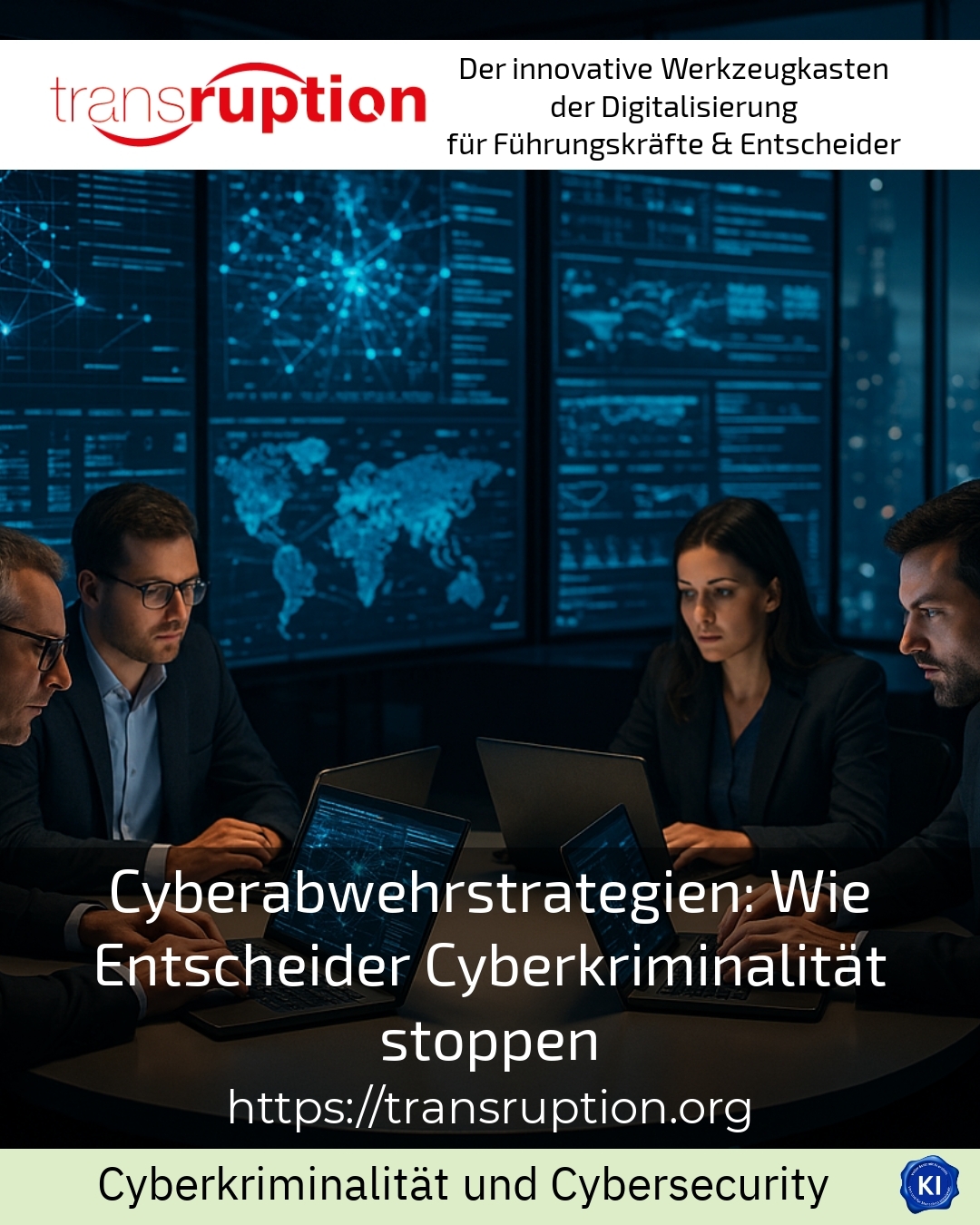In today's digital world, organisations are increasingly being targeted, meaning that targeted cyber attacks can cause significant damage. Cyber defence strategies support decision-makers in consistently countering such threats and effectively protecting their own IT systems. It is not only the technology that is crucial here, but also the processes and the sensitisation of all employees.
The importance of holistic cyber defence strategies
Modern cyber defence strategies involve more than just technical measures. Companies from industry, trade and services rely on a combination of preventive, detective and reactive procedures. An example from industry shows how multi-layered protection mechanisms, such as firewalls, intrusion detection systems and network segmentation, work together to make it more difficult for malware to spread.
In an e-commerce platform, cyber defence strategies take effect, for example through the use of web application firewalls and DDoS defence. In addition, encryption processes protect sensitive customer data from unauthorised access, while regular employee training raises awareness of phishing and social engineering. Public administrations, on the other hand, often rely on threat intelligence programmes that bundle and automatically evaluate security information. This allows threats to be recognised more quickly.
These examples illustrate this: Cyber defence strategies are a continuous process that should be individually adapted to the company and involve technology, organisation and people in equal measure.
Technical measures as the basis for effective cyber defence strategies
Basic technical protective measures remain indispensable. Firewalls control data traffic to and from the company network, while antivirus programmes detect and block malicious software. In the logistics sector, for example, regular IT security audits are combined with penetration tests to systematically identify and eliminate vulnerabilities.
Multifactor authentication is another important pillar. Hospitals rely on this to ensure that only authorised persons have access to electronic patient files. At the same time, roll-based access control ensures that employees only have the access rights required for their work.
The encryption of data, both during transmission and at rest, further increases security and makes access more difficult for cyber criminals, even in the event of a successful intrusion. Production companies use this technology to protect sensitive operating information in the long term.
Human factors in cyber defence strategies - awareness raising and training
The human factor is considered the greatest weakness and opportunity in cyber defence. Many cyber attacks begin with phishing emails or social engineering tricks that can deceive employees and cause damage. Regular training increases security awareness and helps to recognise these attacks at an early stage and prevent misconduct.
Especially in the public sector and SMEs, managers report positive effects from continuous training and simulated attack scenarios. These practical exercises raise awareness among the workforce and increase the resilience of the entire organisation.
BEST PRACTICE at the customer (name concealed due to NDA contract): A medium-sized logistics company was able to significantly increase its awareness level through breach coaching. The involvement of external experts made it possible to recognise attacks at an early stage without affecting operational processes.
Organisational requirements for successful cyber defence strategies
In addition to technology and people, organisational measures are crucial. Clear responsibilities, regular security updates and defined emergency plans ensure that a rapid response is possible in the event of a cyberattack. The use of security information and event management systems (SIEM) supports the continuous monitoring and analysis of security incidents.
In the IT and manufacturing industries, it has been shown that structured processes promote damage limitation. Companies that work with transruption coaching report improved coordination in crisis situations and a sustainable anchoring of cyber defence in the corporate culture.
Cyber defence strategies in detail: multi-layered protection concepts
Successful concepts follow the principle of „multi-layered defence“. Combinations of firewalls, intrusion prevention systems, encryption and access management significantly increase the hurdle for attackers. Banking systems, for example, also use biometric procedures to prevent unauthorised access.
In addition, many companies implement a zero-trust model in which every access is checked, regardless of whether it comes from the internal or external network. This reduces the risk of insider attacks and compromised access data.
Regular security updates and penetration tests are also essential in order to recognise and fend off new attack methods promptly. Manufacturers from the technology sector often score points here with automated patch management.
My analysis
Cyber defence strategies are essential to protect companies from the diverse and constantly growing threats posed by cybercrime. Decision-makers should understand this as a holistic process that takes equal account of technical, organisational and human components. Individually adapted protection concepts, regular awareness-raising among employees and professional support from specialised coaches provide valuable impetus and increase resilience in the long term.
Companies that continuously invest in cyber defence strategies strengthen their competitiveness and preserve their reputation. An integrated approach that combines technology with organisation and awareness is the best answer to the complex challenges of digital security.
Further links from the text above:
Cyber defence strategies: Your protective shield against cyber attacks [1]
Organisational prevention of cyber attacks [2]
Practical approaches to the implementation of cyber defence strategies [3]
Hacker attacks - five tips for cyber defence strategies [9]
Tips for prevention | Cybercrime [14]
For more information and if you have any questions, please contact Contact us or read more blog posts on the topic TRANSRUPTION here.
















